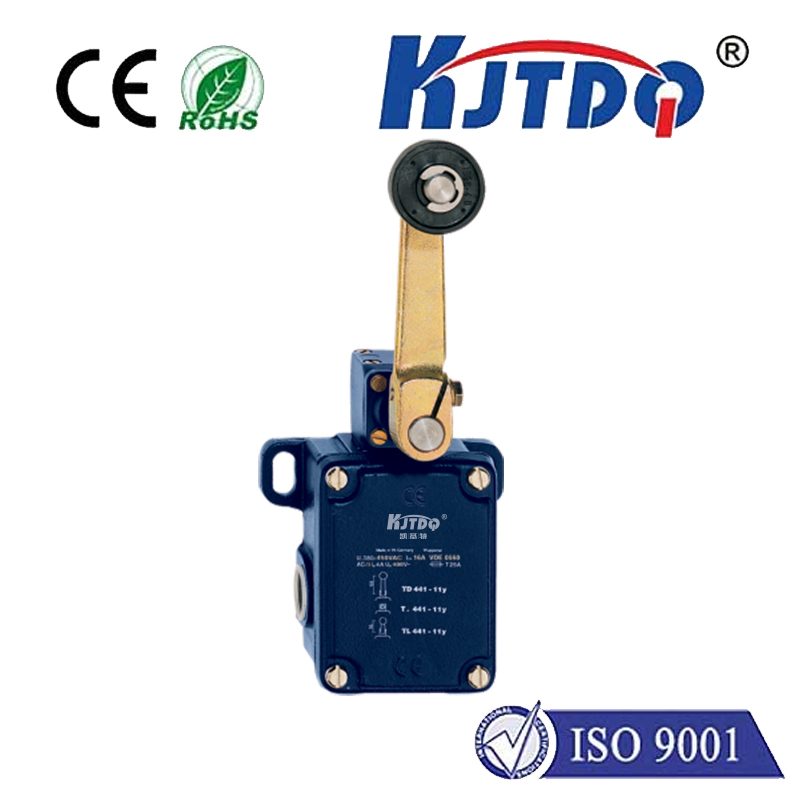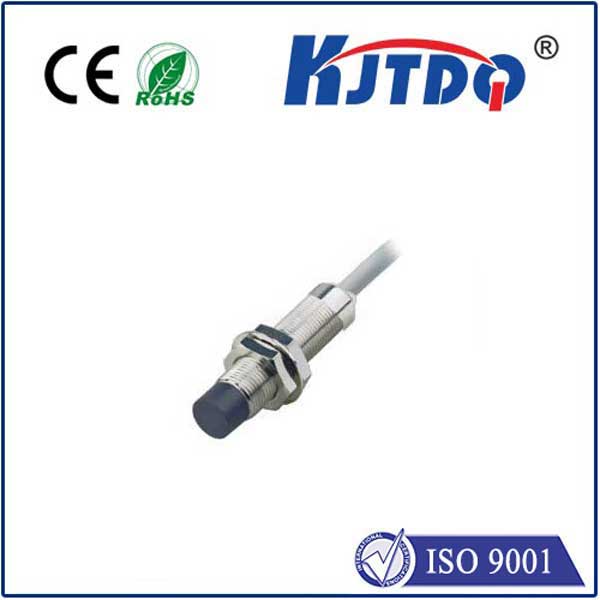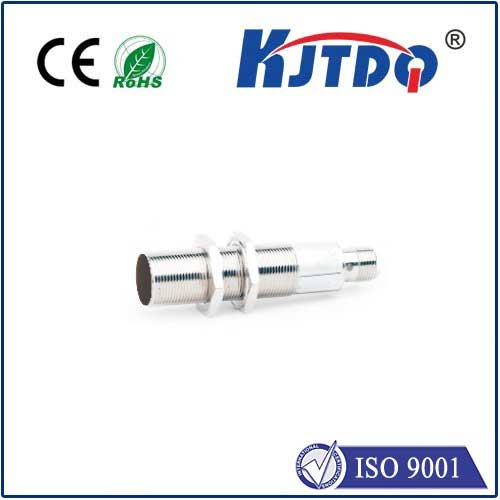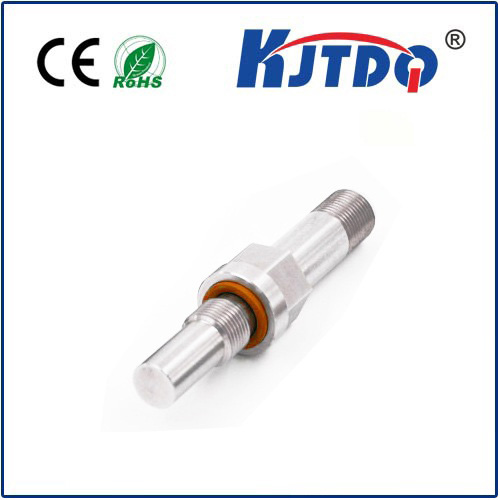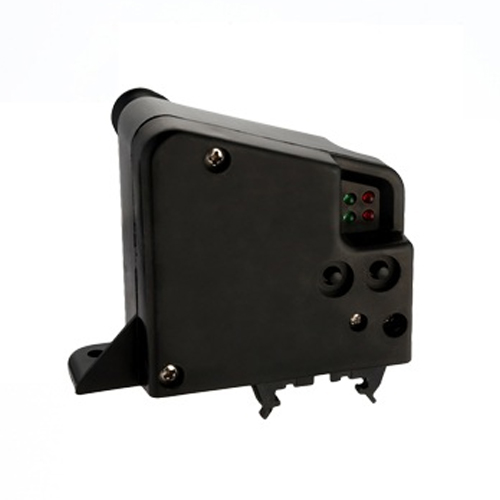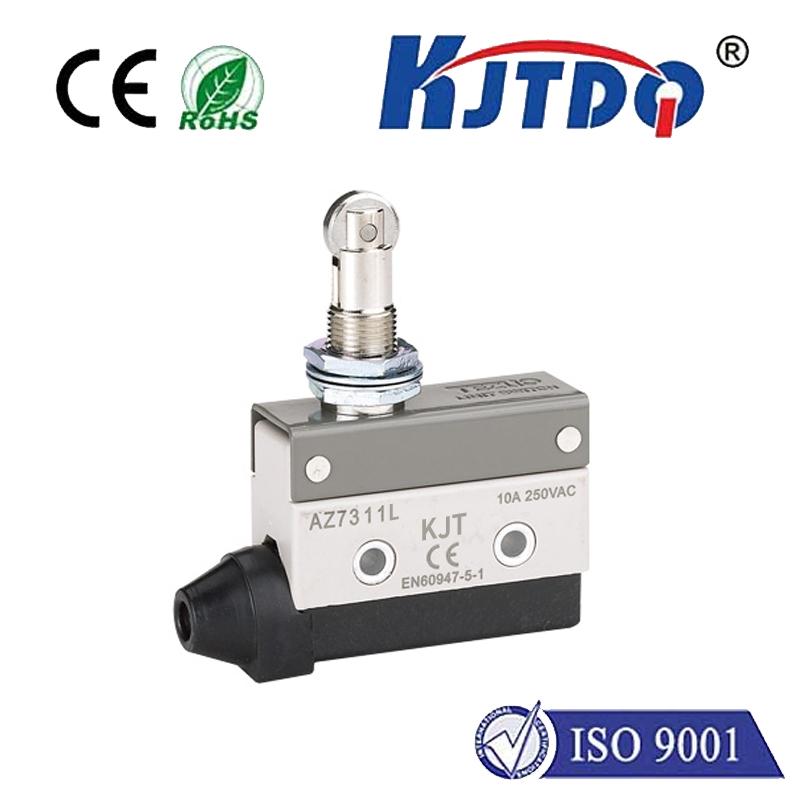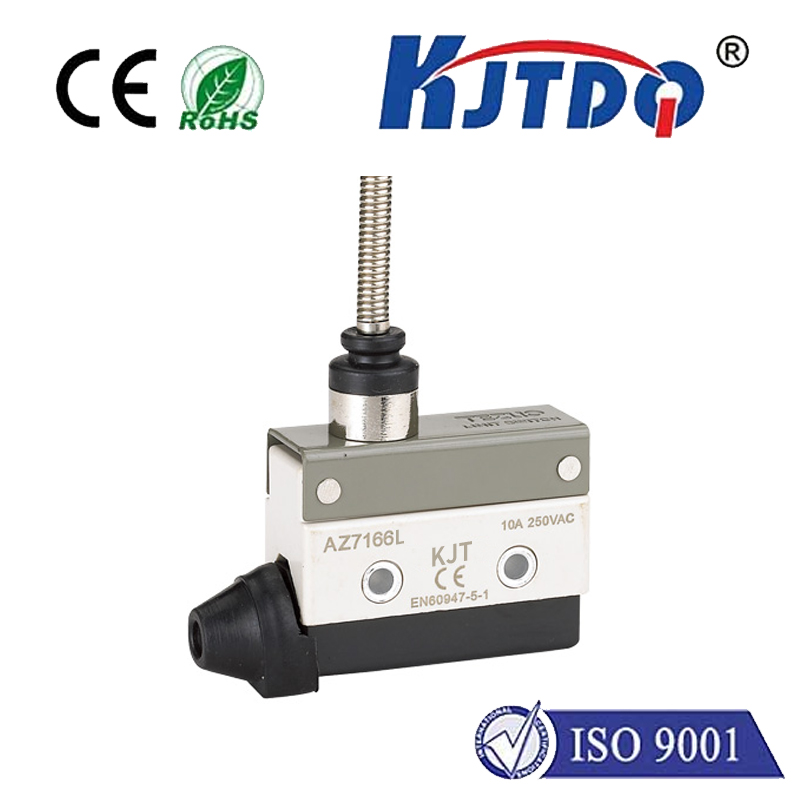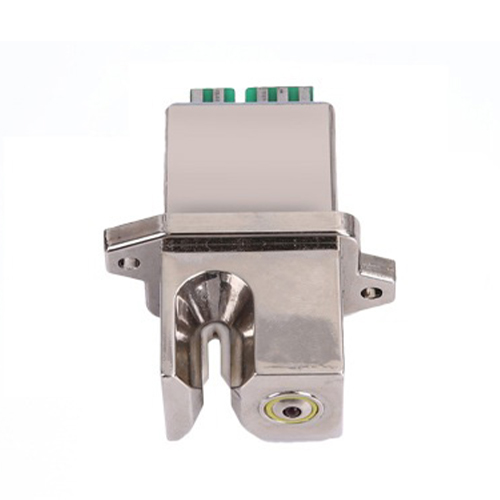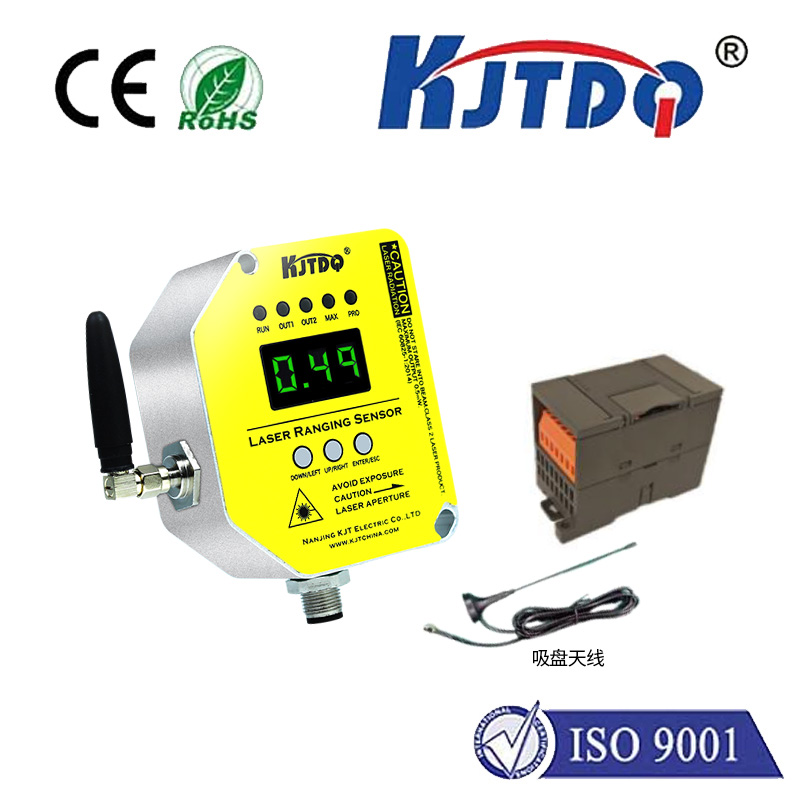

check

check

check

check

check

check

check

check

check

check
Title: Mastering the Art of Control: An In-Depth Guide to Comepi Limit Switches
Comepi limit switches are essential components in control systems, providing a reliable and precise mechanism for controlling the opening and closing of doors, gates, valves, and other actuators. In this article, we will delve into the working principle of Comepi limit switches, their various types, and how to install and maintain them effectively.
Section 1: Understanding the Role of Comepi Limit Switches
A comepi limit switch is a mechanical sensor that detects the contact between two moving parts when an object or person pushes or pulls on it. When the objects come into contact, the switch opens, indicating that the controlled system has been triggered or activated. On the other hand, when the objects separate, the switch closes, signaling that the controlled system should stop or be deactivated.
Section 2: Types of Comepi Limit Switches
There are several variations of comepi limit switches available in the market, each with its own unique features and applications. Some of the most common types include:
1. Retractable Limit Switches: These switches can be easily pulled into place when not in use and retracted securely when needed. They are commonly used in door controls, elevators, and other applications where space is limited.
2. Spring-Loaded Limit Switches: These switches use a spring to return to their original position when released. They are known for their high reliability and durability but can be more expensive than other types.
3. Pneumatic Limit Switches: These switches use compressed air to open and close instead of physical contact. They are suitable for applications where cleanliness is critical or where there is a risk of contamination.
4. Solenoid-Operated Limit Switches: These switches use a magnetic solenoid to control the opening and closing of the switch contacts. They are commonly used in automotive and industrial applications where high-speed switching is required.
Section 3: Installing and Maintaining Comepi Limit Switches
Proper installation and maintenance of comepi limit switches are crucial for ensuring their proper functioning and longevity. Here are some tips to keep in mind:
1. Choose the right type of switch based on your specific application requirements. Consider factors such as operating conditions, environment (cleanliness, vibration, etc.), and cost.
2. Make sure the switch is installed at a proper distance from the edge or threshold it is meant to detect. This will ensure accurate detection and prevent false triggers.
3. Clean the switch regularly to avoid debris buildup that can interfere with its operation. Use a soft cloth or brush to remove any dirt or fingerprints.
4. Test the switch regularly to check for proper operation and make any necessary adjustments. Replace any damaged or worn-out components as soon as possible to prevent further problems.
In conclusion, comepi limit switches are critical components in control systems that help ensure safe and efficient operations in various industries. By understanding their working principles, different types, and proper installation and maintenance techniques, you can make informed decisions about selecting and using these devices effectively.
